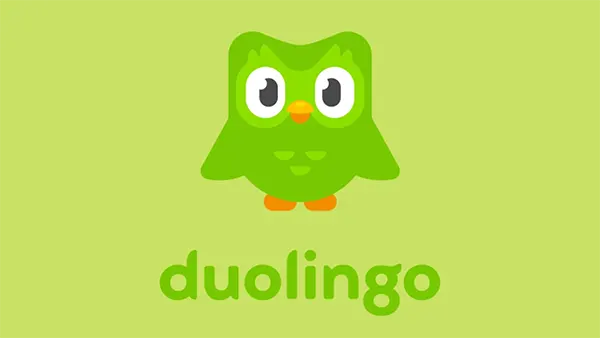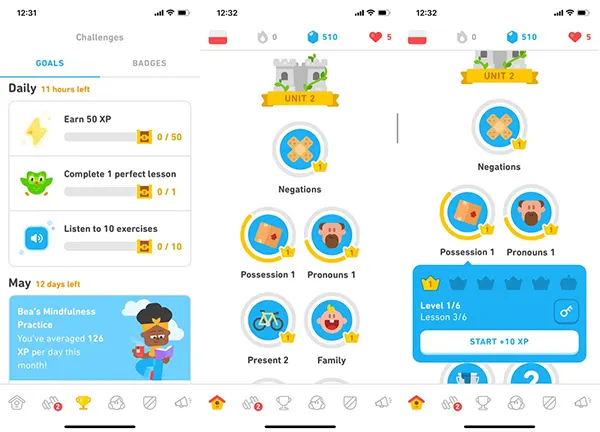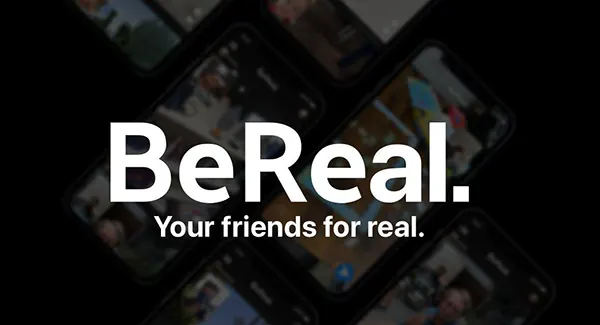
How Duolingo Combines Advertising and Gamification to Boost Revenue
Duolingo has evolved into one of the most successful educational applications worldwide, not only due to its engaging learning model but also because of its effective monetisation strategies. In recent years, the company has managed to integrate advertising and gamification in ways that increase user engagement while simultaneously generating revenue. This approach sets Duolingo apart from many competitors in the edtech sector, as it balances user experience with profitability.
Types of In-App Advertising on Duolingo
Duolingo uses several types of internal advertising that fit naturally into the learning experience without disrupting the flow. One of the most common forms is rewarded video ads, which appear after a completed lesson. These offer users extra benefits such as hearts (lives) or virtual currency in exchange for watching a short video, ensuring the ad experience feels more like a reward than an interruption.
Banner ads are another key format. These appear in less intrusive places within the interface, such as at the bottom of the screen during lesson navigation. While they generate less revenue per impression, their consistent presence contributes steadily to overall ad income without significantly affecting usability or learning efficiency.
Native ad blocks are also implemented within the app. These ads are designed to blend into the interface, often promoting educational products or services that align with the user’s interests. Their design makes them appear as part of the learning environment, which improves click-through rates while maintaining trust and relevance.
How Gamification Increases Ad Opportunities
Gamification lies at the heart of Duolingo’s success, and it plays a major role in enabling the app to display more advertisements effectively. One example is the heart system, which limits how many mistakes users can make. When users run out of hearts, they can either wait to recover them, spend the in-app currency they earn through gameplay, or watch an advertisement to continue immediately.
The streak system is another strong motivator. Users strive to maintain long streaks of daily practice, and when their streak is in danger, they are offered the chance to preserve it by watching an ad. This creates a moment of urgency where advertising fits naturally into the experience and feels like a helpful tool rather than an obstacle.
Leaderboards, badges, and timed challenges also encourage longer usage sessions. As players spend more time trying to climb the rankings or collect achievements, they are exposed to more ad slots. These gamified elements ensure that the presence of ads is directly linked to heightened engagement, which maximises their impact.
Comparison with Other Educational Apps
While other educational apps also use advertising, few integrate it as effectively as Duolingo. Many competitors display standard interstitial ads between lessons, which can feel disruptive and lead to user drop-off. Duolingo’s reward-based approach, by contrast, maintains user control and choice, which helps preserve engagement levels even during ad exposure.
Some learning apps rely heavily on subscription models and avoid ads entirely. While this can create a more streamlined experience, it often limits their reach to users willing to pay. Duolingo’s freemium model allows it to attract a broader audience, monetising even non-paying users through well-placed ads while offering an ad-free experience to paying subscribers.
Moreover, Duolingo’s gamification framework makes it easier to incorporate advertising moments naturally, something many traditional educational apps lack. Instead of interrupting study sessions, ads become part of the gameplay cycle, ensuring they feel less intrusive and more rewarding for the user.
Lessons for the EdTech Sector
Duolingo’s model demonstrates that advertising does not have to come at the expense of user satisfaction. When ads are tied to meaningful rewards, they can enhance rather than detract from the user experience. This approach reduces ad fatigue and promotes voluntary ad engagement, which is rare in the educational app space.
Gamification mechanisms provide the framework to make this possible. By encouraging users to engage more deeply, they create natural breaks and milestones where ads can be inserted without frustration. The key lies in balancing incentives so that users see ads as optional aids rather than forced interruptions.
For other edtech companies, adopting similar techniques could help them scale revenue while keeping user retention high. Combining gamified structures with non-disruptive ad formats may be the most sustainable way to monetise free educational products in 2025 and beyond.

The Future of Gamified Monetisation
As educational apps continue to compete for user attention, the blend of advertising and gamification is likely to become more widespread. Duolingo’s approach shows that when done thoughtfully, it can fuel growth without sacrificing learning quality, which will be vital in the increasingly competitive edtech market.
Developers are expected to focus more on personalising ads within gamified structures. This could include dynamically adjusting rewards based on individual behaviour, making advertising moments feel even more relevant and engaging, and thus more effective for both users and advertisers.
Ultimately, the success of this model depends on transparency and balance. Users must feel that their learning goals remain the priority, with advertising serving as a supportive element rather than a barrier. Duolingo’s results so far suggest that this equilibrium is achievable and highly profitable when executed correctly.
Key Takeaways for 2025
The coming years will likely see more educational apps adopting Duolingo’s hybrid approach. Gamification can extend session times, while well-placed ads create revenue opportunities without harming retention, which is crucial for sustainable growth in the sector.
Companies that rely solely on subscriptions may need to explore this model to remain competitive. By mixing ad-supported free tiers with premium ad-free options, they can diversify income streams and reach wider audiences without compromising educational value.
For the edtech sector as a whole, Duolingo’s experience highlights the importance of user-centred design in monetisation strategies. When profit models align with user engagement, both learners and companies benefit, making it a blueprint worth following in 2025 and beyond.




